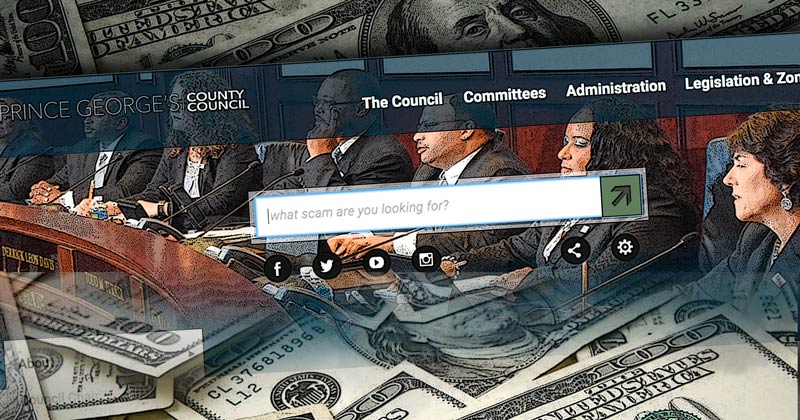Short version of the story: a good guy with a gun at a Maryland high school stopped a bad guy with a gun. In less than a minute. How? Because the good guy had a gun and was inside the school with the gun.
The bad guy was able to shoot a 16-year-old female student, apparently someone with whom he had a previous relationship, as well as a 14-year-old male before an officer on site responded. This officer, Blaine Gaskill, was on the spot in less than a minute. Gaskill and the assailant fired simultaneously. The assailant fell dead. What exactly happened is still unclear; there has been some media speculation that the bad guy may have shot himself.
But the 17-year-old shooter is dead. The female victim, though still alive, is unfortunately in critical condition. The male victim is in stable condition.
The good guy was armed — with a gun. And he was on site. If you’re learning about the incident here first, it’s because the story isn’t being plastered all over the place 24-7 as it would have been had the shooter been able to wreak much more havoc because nobody could quickly counter him.
So, is it okay to let responsible, well-trained administrators, teachers and others in schools be armed?
Well, ask the question a different way. If you happened to be inside the school at the time, would it be okay to survive when some maniac with a gun starts shooting at you and others inside that school?
Let’s defend our loved ones.
This is Common Sense. I’m Paul Jacob.





 Politicians who loathe term limits often use all their resources and cunning to assail them. Occasionally they claw out a victory. Thus, last month Arkansas voters narrowly approved a multi-deceptive ballot measure with provisions to weaken the state’s legislative term limits. The measure passed despite everything pro-term-limit activists
Politicians who loathe term limits often use all their resources and cunning to assail them. Occasionally they claw out a victory. Thus, last month Arkansas voters narrowly approved a multi-deceptive ballot measure with provisions to weaken the state’s legislative term limits. The measure passed despite everything pro-term-limit activists 
